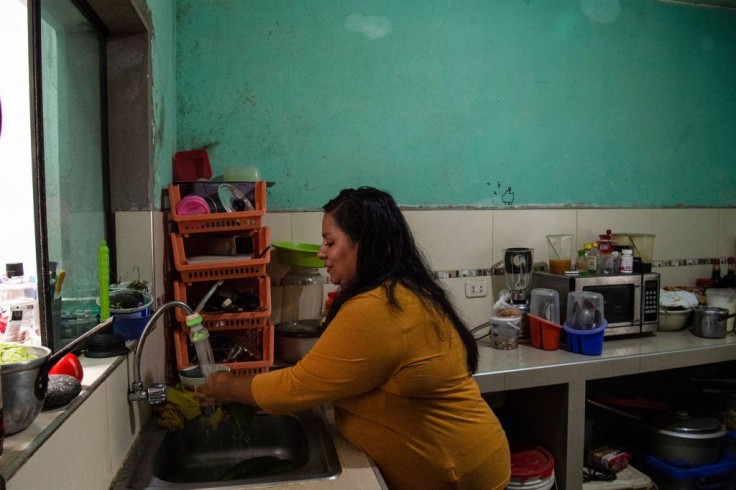
A recent study revealed that kitchen sponges harbor more bacteria than kitchen brushes. According to Trond Møretrø, a research scientist at Nofima, a Norwegian food research institute, Salmonella, and other bacteria grow and survive better in sponges than in brushes. The study published in the Journal of Applied Microbiology indicates that a single sponge harbors a higher number of bacteria "than there are people on Earth."
Many of these bacteria are not harmful, but there are also that are, like Salmonella that can spread from sponges to hands, kitchen surfaces, and equipment, making people sick. Researchers explain that the sponge is humid and harbors food residues that lead to rapid bacterial growth.
Another study also indicated that harmful bacteria survived better in sponges than in brushes. According to the US Department of Agriculture (USDA), microwaving or boiling kitchen sponges may reduce bacterial load. Still, the measures are enough to reduce cross-contamination when using a sponge, CNN reports,
Experts suggested some alternatives to sponges or hacks to use sponges to lessen their bacterial load.
Kitchen Brushes
The study indicated that brushes that are dried between uses have lower numbers of bacteria as the brush dries fast, reducing the harmful bacteria. Also, kitchen brushes have a handle that prevents someone from having direct contact with potentially harmful bacteria, unlike sponges.
The more eco-friendly and hygienic practice is to use natural cleaning brushes. It removes stubborn stains, but it's soft enough to use on non-stick pans and glassware. The handles are mostly made from sustainably sourced wood, while the natural fibers are made of coconut fiber or sisal from the agave plant.
It also has a wide variety to choose from, such as brushes designed for pots, dishes, bottles, and straws.
Swedish dishcloths
Swedish dishcloth was invented by a Swedish engineer in 1949, and it is a kitchen must-have, as per Kempii. It is made from 70% wood cellulose and 30% cotton making. It is durable and biodegradable. Swedish clothes absorb moisture 15 times their weight; compared to a sponge, it dries quickly, lessening the bacterial load. It can also be washed around 200 times, reducing waste and saving on kitchen expenses.
Bamboo cloths
Another alternative to sponges is bamboo dishcloths. Its absorbent, strong, and more ecologically- friendly. Each bamboo sheet may be used and reused about 100 times, making them perfect for spills, dust, and much more.
Bamboo Pot Scrubbers
Bamboo pot scrubbers are also a great alternative to synthetic scourers if heavy-duty scrubbing is needed. You can also use it to clean muddy boots, vegetables, nails, or brush beards.
Unsponge
As per Eco family Life, Unsponges are reusable sponges that are remnants of terry cloth and cotton. One can use it to wipe off spills, wash dishes, and clean sinks and stoves. It can be thrown in the washing machine and are suitable to be reused several times, reducing waste and saving money.
Unsponge may be made of different materials, and kitchen experts suggest using the netting materials as it quickly drains off water and would not stay wet for extended periods. It is essential to dry the unsponge in between washing to prevent it from accumulating bacteria.
Related Article: Experts Recommend Measures to Prevent School Shooting